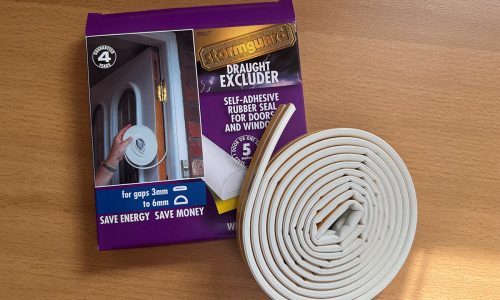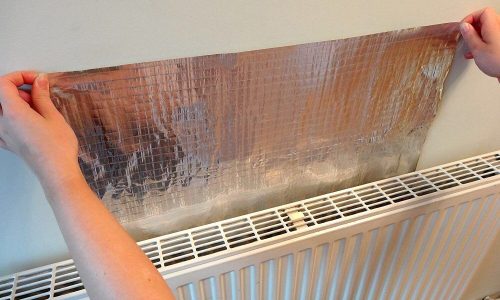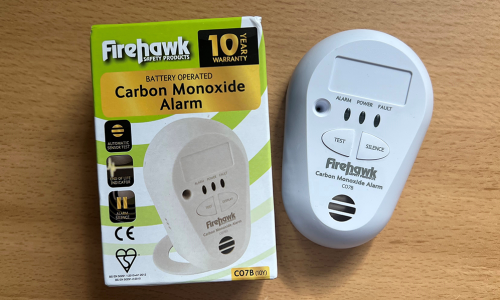Measures to save energy
Energy Saving Measures
In an increasingly interconnected and electrified world, our insatiable demand for power is a double-edged sword. On one hand, it fuels our modern lifestyles, powering everything from our homes to our smartphones. On the other, it places an ever-growing burden on our planet’s limited resources and contributes to the escalating challenges of climate change.
In this article, we will introduce you to innovative and practical approaches to conserving energy, uncovering the hidden potential for sustainability and cost-effectiveness in our daily lives. We recommend these power-saving measures to our services users that can also be easily installed in your homes today.
Self Adhesives Draught Proofing

Did you know the rubber that lines the inner seal of your windows perishes over time? They can last about 10 years and after this point, you may notice that draughts are coming through where the rubber has faded, crumbled, or fallen out.
We offer rubber self-adhesive seals as part of our energy-saving measures.
How to use:
- Pull out and gently scrape away any old rubber seals from the window (this will only be the rubber that is between the panes when a window is open).
- Wipe down the window with a wet cloth
- Wait for the windows to dry for a few minutes
- Measure the length of the window pane you will be infilling and cut the seal to size
- Pull back the sticky element and place the seal carefully in the window
Note: The seals are stretch-resistant during fitting and in use.
Hard PVC Draught Proofing
For draught-proofing doors with access to the outside, sometimes the self-adhesive rubber seals won’t be access effective – as hard PVC seals are suitable for inward opening doors, windows, and loft hatches.
- Draught-proofing strips bridge the gap between the door and the frame
- Seals gaps up to 10mm
- Quick and easy to fit
- Hard wearing ‘Q’ Lon seal has a lifetime in excess of 10 years
- Can be cut to size
This is a great energy-saving measure if you notice there are draughts coming through the door and cooling down your rooms, wasting all the energy and money you’ve spent with the heating on. These hard plastic draught proofs are nailed in to affix them in place, but the good thing is they are easily removable if you change your mind, need to update them, or living in renting accommodation and can’t have permanent changes to the home.
Secondary Glazing
Replacing old single-glazed windows with modern double-glazing is not an option for everyone as there are costs involved, and your house may be listed to keep original features such as sash windows.
Secondary glazing is a cost-effective method of window/glass insulation. By adding a slim, additional layer to your windows, you can create a gap that acts as a vacuum. This vacuum reduces the amount of heat transfer that can take place, keeping your home warmer in the winter and cooler in the summer.
To install, apply the tape to the frame of the window, cut the film to size, and attach it carefully to the tape until it creates a seal. Then carefully shrink the film with hot air from a hairdryer until it pulls taught, and trim any excess film from around the edges.
Radiator Reflector Panels

Radiator reflector panels are used for gas central heating systems. It is a reflective material that can be cut to size and fitted behind your radiator. This allows for any additional heat from behind the radiator to be reflected back into your room. As we lose 15% of heat through our walls, having these reflective panels behind our radiators can reduce this to 4%. You can DIY these panels by cutting a piece of cardboard to size and adding tin foil over the side which will face the radiator, or you can get a foam roll of foil from us after your consultation!
For both the DIY and the foam roll, affix the panel to the wall with double-sided sticky tape which will make it easy to remove if you are renting, moving out, or in temporary accommodation. Watch the installation instructions in the video guide below.
Carbon Monoxide Alarms

Carbon monoxide alarms are different from smoke alarms as they detect carbon monoxide in the air, which is a poisonous gas that could leak from any gas, oil, or solid fuel appliance in your home. Carbon monoxide is odourless, tasteless, and invisible, so it is crucial to have an alarm in place to detect any potential leaks. It is always important to keep an alarm near each gas appliance in your home, so if, for example, your boiler is in a different room to your gas cooker, you should have 2 alarms. Any appliances that burn carbon-based fuels such as oil-fired boilers, wood, coal or charcoal burners, gas cookers, and gas boilers can produce carbon monoxide.
REMEMBER – this does not replace a smoke alarm, which detects smoke and fires in your home.
Please note carbon monoxide alarms are provided by Southern Gas Network.
Chimney Balloons
This product will help to lower the energy use in your home and support sustainable living through better use of resources, mainly by eliminating draughts blowing through your chimney.
- Prevents draughts from going up the chimney & debris from coming down
- Can be deflated and re-used
- Can be inflated for all chimney shapes and sizes
- Inflation tube included
- Can be topped up with air while in the chimney
- Saves energy and money
- Stop tap prevents the air from escaping
- Rounded ends prevent any moisture from collecting
Remember only use your chimney balloon when the heat source is out and the chimney is cool to the touch. Then simply inflate (underdo it at first) and push up into the chimney flue, then use the valve to add more air until the draught excluder fills the width and depth of the chimney. Close the valve and remove the inflation tube. After leaving overnight, check the fit of the draught excluder, and if cooling has reduced the pressure, simply top up the draught excluder with a little more air.
Powerdown Units
Power down units provide the opportunity to turn off any appliance using a remote control without having to switch off the mains socket itself.
These provide ease when sockets are hard to access, especially for devices such as TV’s and their accompanied technology, such as DVD players and Freeview/Sky boxes. These appliances tend to be most commonly left on standby which is hugely wasteful – those little red lights amount to 85% of the energy you are paying for with that device.
The Power-down unit plugs into the mains socket. Then simply plug the devices or your extension lead into the power-down unit. When switched off using the remote from the Power down, all devices will be switched off from the mains socket meaning no more standby consuming electricity unnecessarily.
